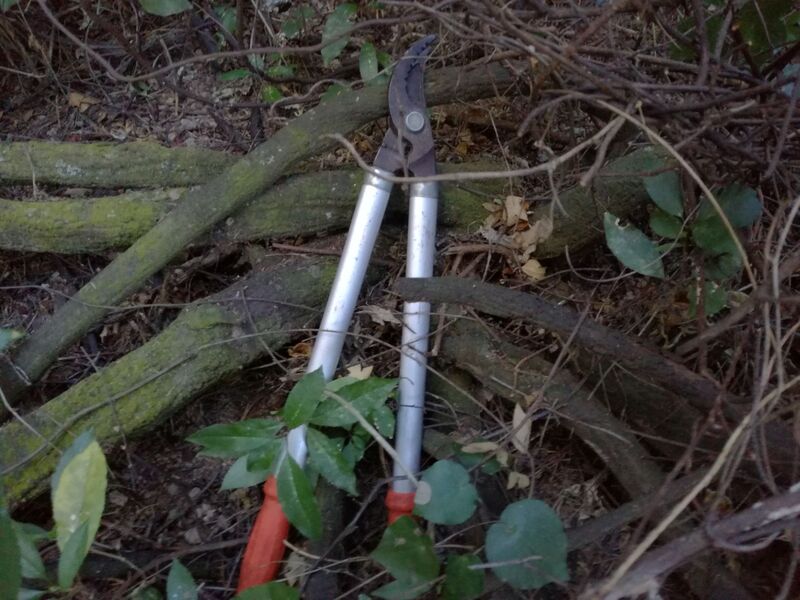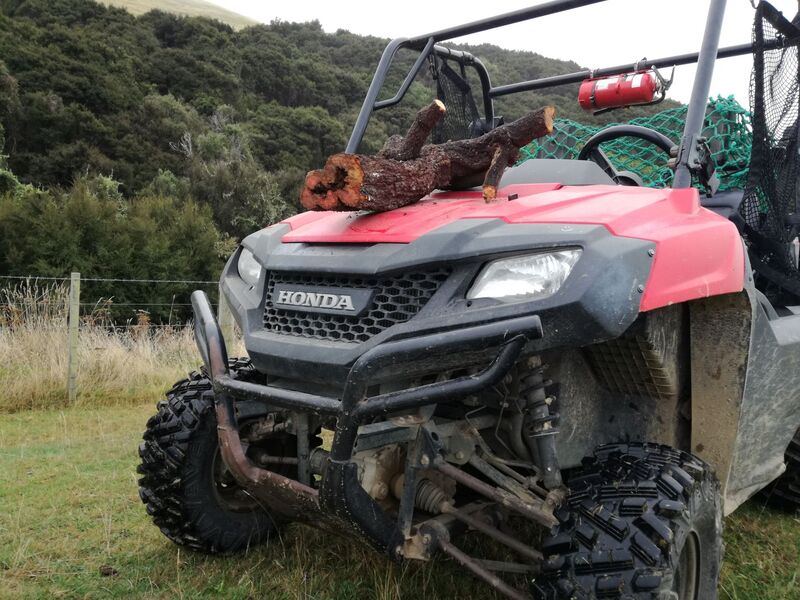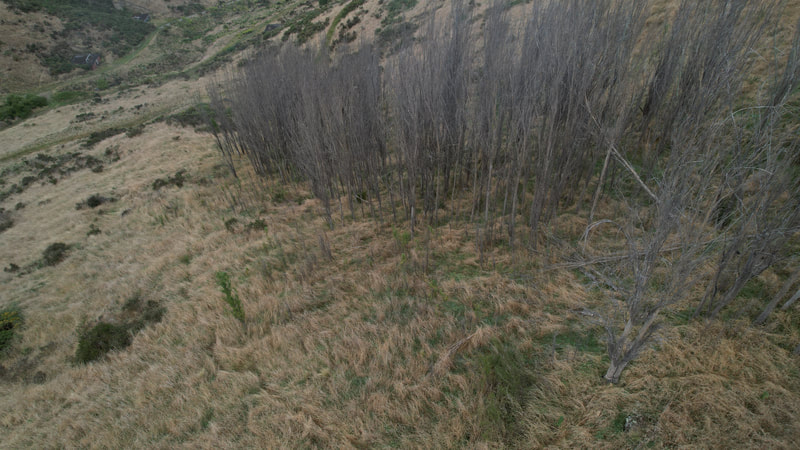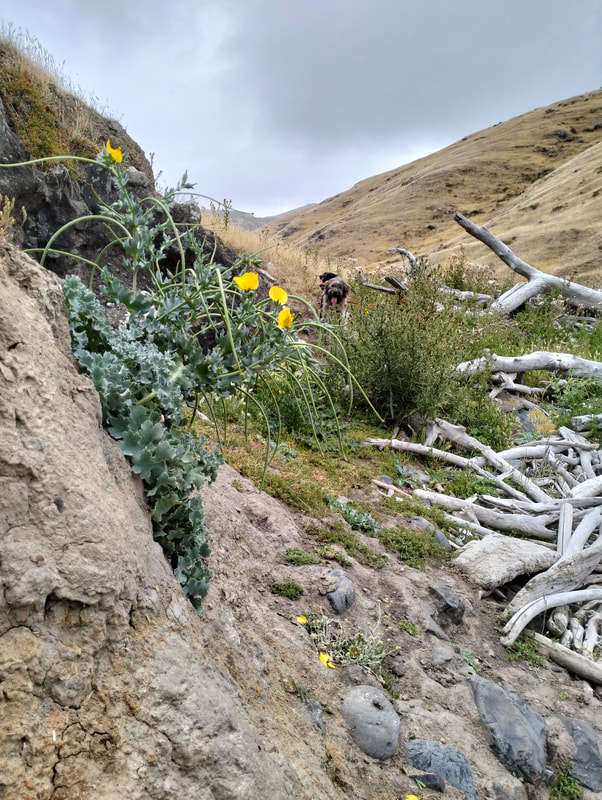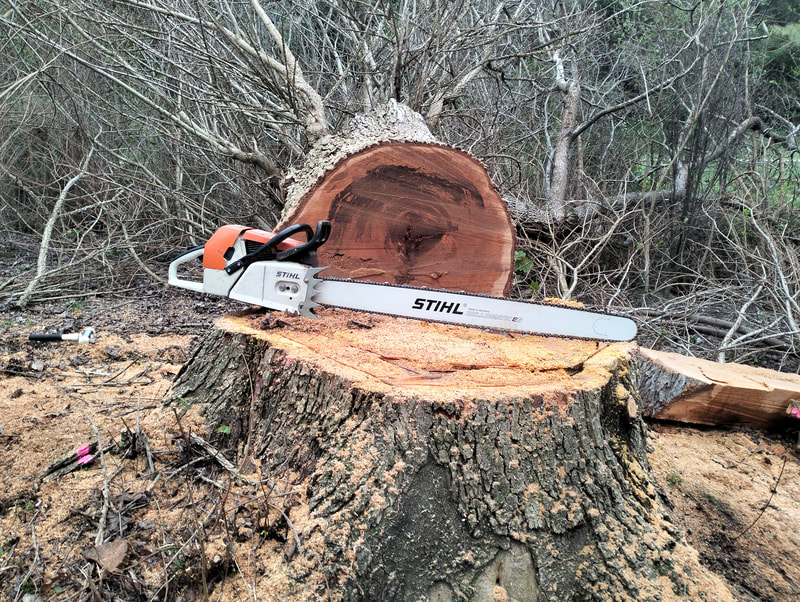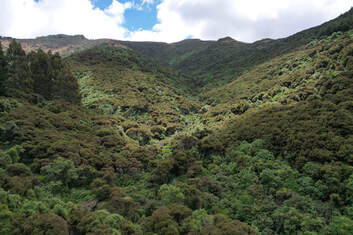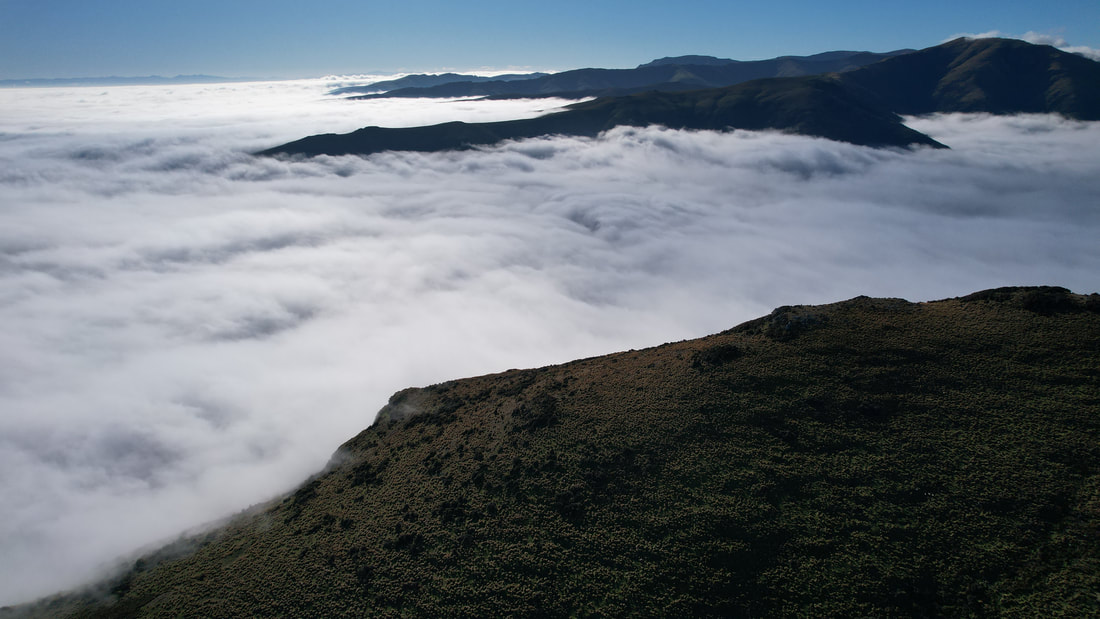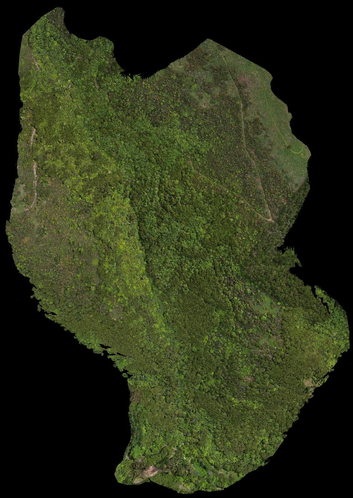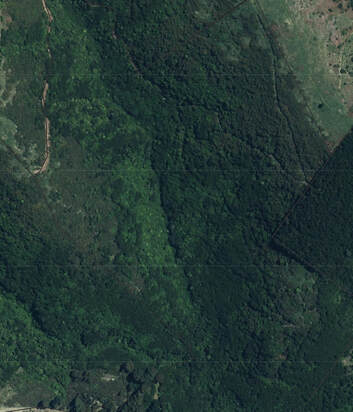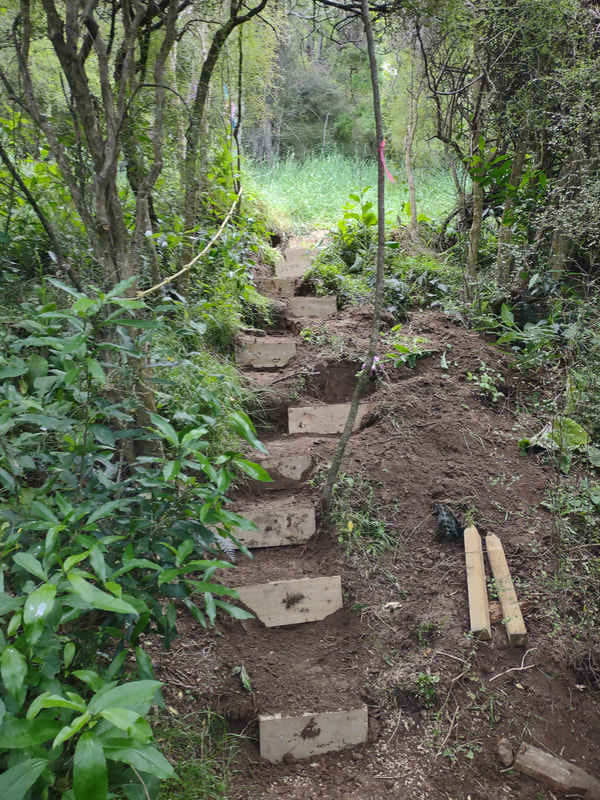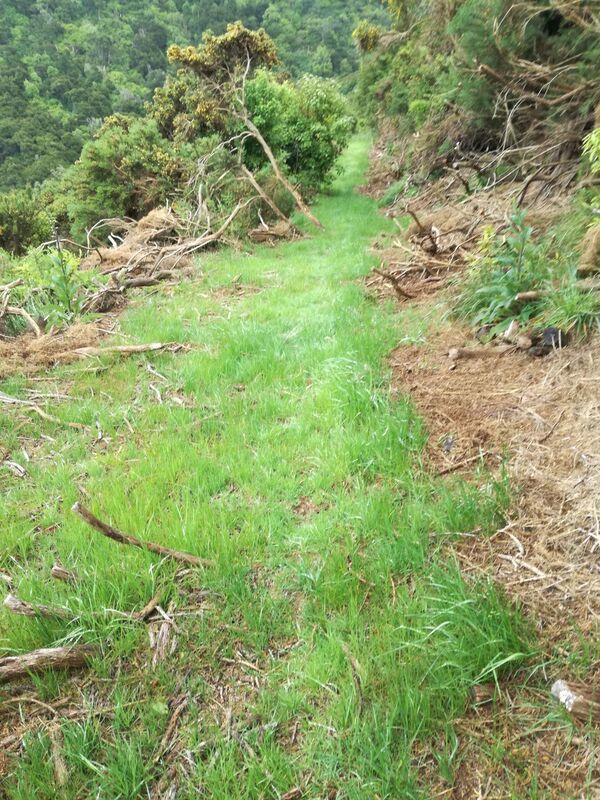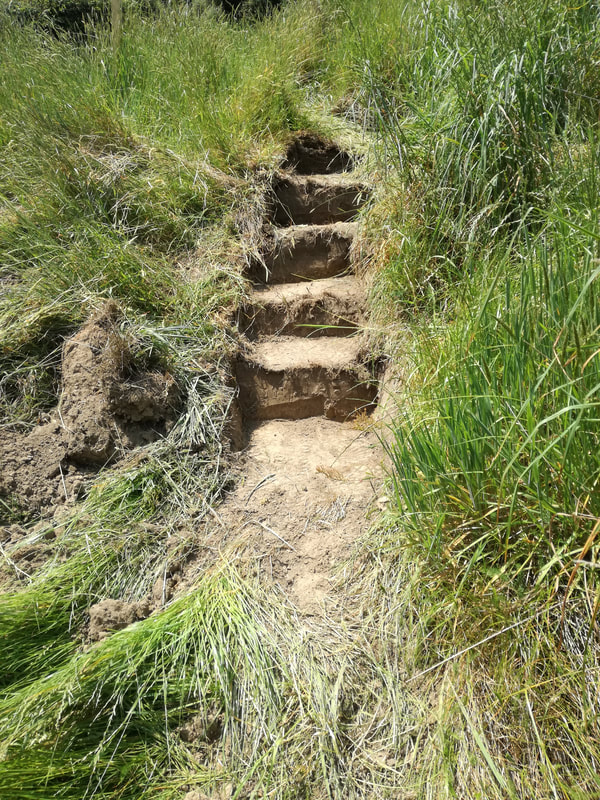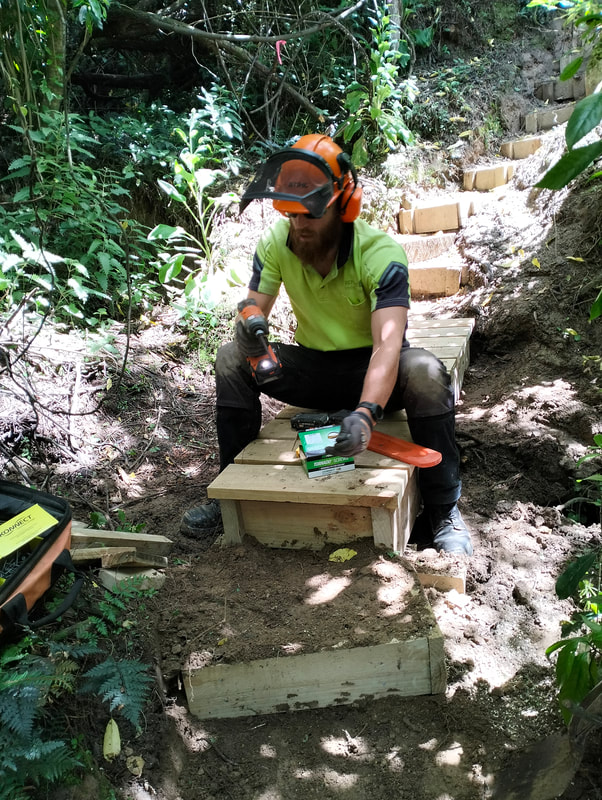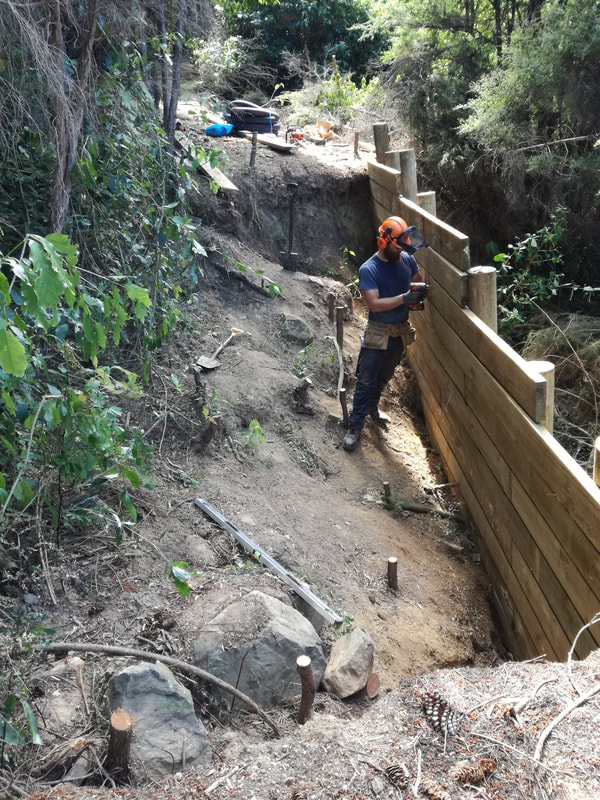Refuge Ecology appreciates that protecting biodiversity requires significant commitment of time and resources. Refuge Ecology can run an entire project from conception to delivery, or we may play a relatively small part in a large project. Educational sessions to train property owners or volunteers on aspects of weed or animal pest control can also be offered.
Refuge Ecology is committed to providing services that reflect value for money, reach ecological targets and ultimately contribute towards protecting biodiversity.
Refuge Ecology is committed to providing services that reflect value for money, reach ecological targets and ultimately contribute towards protecting biodiversity.
Weed Control
|
|
Removal of unwanted woody weeds by hand pulling, cutting with hand saw, scrub bar or chainsaw. Agrichemicals are applied, normally by brush. Larger trees are either felled by chainsaw or drilled/bored and filled with herbicide. Methodology of control will vary from site to site, however all weed control practices are within Growsafe guidelines and practices.
Every step is taken to ensure minimal quantities of herbicide are used and that targeted species only are controlled. |

